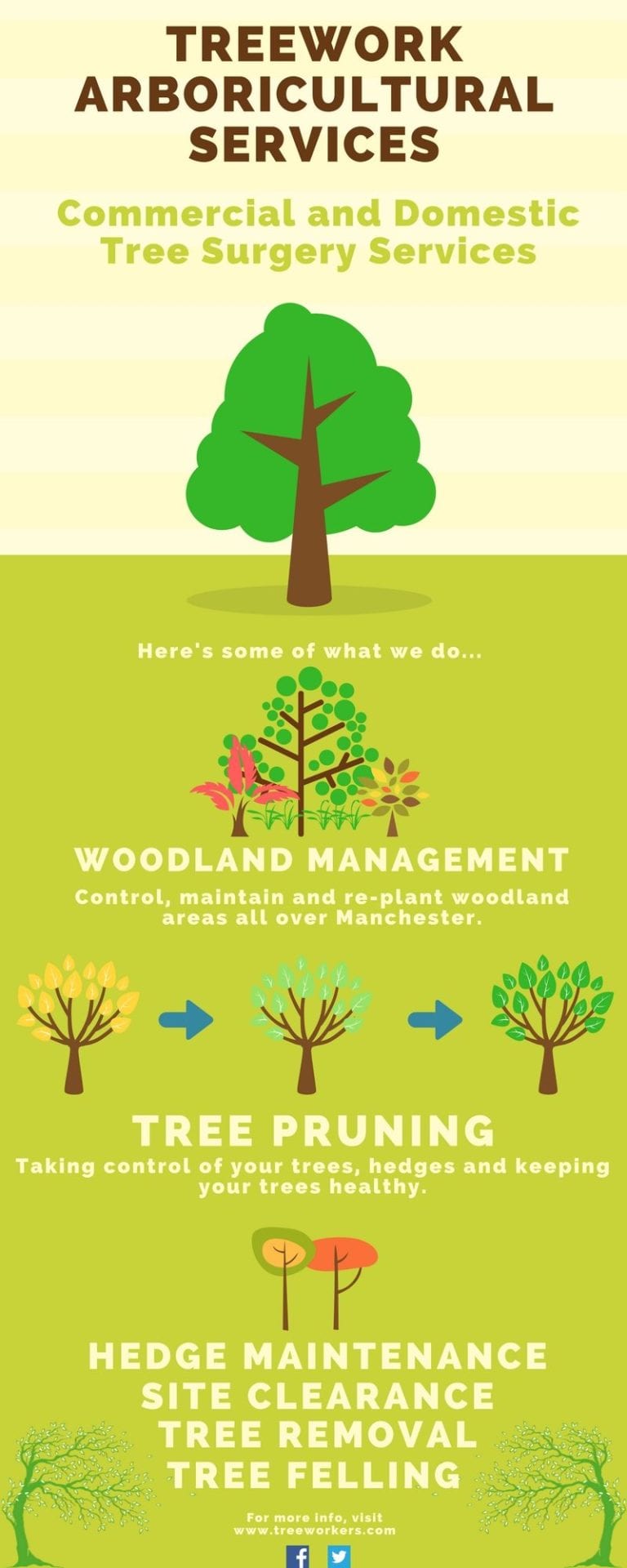When it involves tree care, acknowledging the signs that it's time for removal is essential for your security and building. You might see tarnished fallen leaves, wilting branches, or weird fungal developments suggesting illness. Architectural concerns, like a substantial lean or fractures in the trunk, can additionally position risks. Comprehending https://www.golfdigest.com/story/the-notorious-hinkle-tree-from-the-1979-us-open-has-died-but-the-legend-lives-on can assist you make notified decisions concerning your trees and protect against potential risks lurking in your backyard. What should you look for next?
Indications of Degeneration and Condition
When you notice signs of decay and disease in your trees, it's crucial to act rapidly. Seek blemished leaves, wilting branches, or unusual developments like fungi. These can indicate that your tree is battling.
If you see cracks in the bark or soft, mushy wood, these signs suggest internal decay. In addition, a sudden boost in parasites around your tree can signify that it's compromised and prone.
Look for any dead or passing away arm or legs, as they posture a threat to your residential property and safety and security. If you doubt concerning what you see, consulting an arborist can provide quality.
Resolving these indicators early can conserve you from much more comprehensive damage and ensure the health and wellness of your lawn. Do not wait up until recommended 's far too late.
Structural Instability and Leaning
As you observe your trees, keep an eye out for any kind of indicators of architectural instability or leaning. If a tree leans substantially, it may suggest that the origin system is jeopardized.
Look for any kind of cracks in the trunk or dirt around the base; these can indicate possible failure. In addition, check for uncommon development patterns, like a lopsided crown, which may recommend that the tree is having a hard time to hold itself upright.
If you discover that the tree leans toward your home, power lines, or other frameworks, it postures a greater danger. Don't neglect these indications-- speak with an arborist to evaluate the circumstance.
Taking action early can protect against costly damage and guarantee your safety and security.
Dead or Perishing Branches and Foliage
If you see dead or passing away branches and vegetation on your tree, it's a clear indication that something's incorrect.
These undesirable areas can suggest underlying problems like disease, pest infestations, or ecological stress and anxiety. When branches shed their leaves or transform brown, they're no longer contributing to the tree's health and wellness. Ignoring these signs might cause further decline, making your tree extra hazardous.
Dead branches can easily break off throughout tornados, posturing a threat to residential or commercial property and individuals close by. It's vital to assess the extent of the damage.
If the issue affects a substantial part of the tree, consider speaking with a specialist. They can help establish if elimination is needed to ensure safety and keep the elegance of your landscape.
Conclusion
If you observe any indicators of degeneration, architectural instability, or dead branches on your trees, do not overlook them. These indicators can present serious safety threats to you and your property. It's constantly best to speak with an expert arborist who can provide a professional analysis of your trees. Doing something about it early can protect against crashes and costly damages, ensuring your landscape remains risk-free and healthy. Keep in mind, it's much better to be aggressive concerning tree treatment than to await a disaster to take place.
